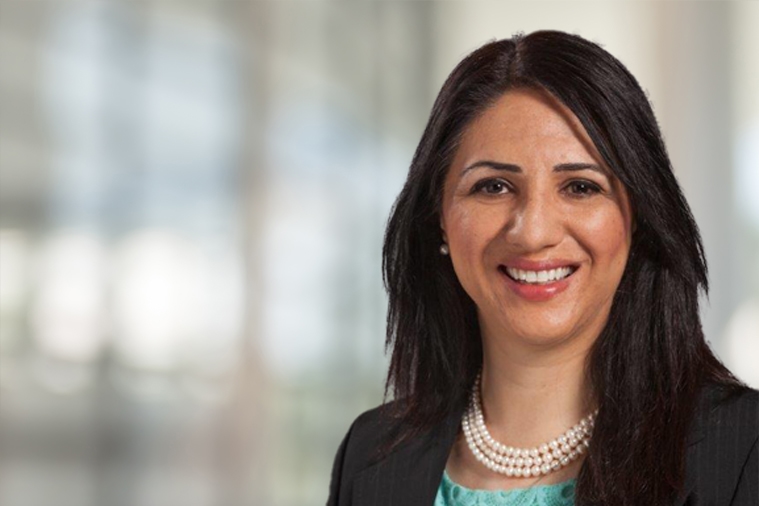Take the bite out of headaches
Jun 26, 2019

Adventist Health dentistJerome Sy-Siong, DDS, says that many headaches—including migraines—are often caused by a misalignment of a person’s bite. And fixing the bite in a fast, noninvasive procedure can be all the treatment that’s needed.
Headache? What headache?
“In the 25 years I’ve been treating patients, I noticed that a lot of them would complain of headaches with jaw pain, jaw stiffness, TMJ [temporomandibular joint] pain and TMJ clicking,” says Dr. Sy-Siong. “But when I worked on their bite, the pain vanished. When they would return for a visit, I’d ask if their headaches were recurring, their answer would most often be, ‘What headaches?’”
According to Dr. Sy-Siong, when the upper and lower teeth normally come together in a bite, the left and right sides should touch at the same time. But if one side routinely makes contact first, this can put too much biting pressure on that side of the mouth—or even on just one tooth.
The jaw often tries to self-correct the problem by favoring, closing or functioning on the opposite side of the mouth or in a forward position.
“This self-correcting action of the jaw movement requires muscles to ‘over work’ or function. If those muscles are doing this 24/7, they get tired and start to go into spasm or cramp up,” says Dr. Sy-Siong. “It’s these tired muscles that are creating all that pain. These tired (often tender and tight) muscles are also involved in bruxism or night grinding.”
According to Dr. Sy-Siong, an abnormal bite can cause many symptoms, including:
- Jaw muscle pain
- Headaches
- TMJ clicking
- Neck pain
- Tinnitus (ringing in the ears)
- Abnormal teeth wear
- Bruxism
- Clenching
- Broken fillings/ teeth
- Lock jaw
- Limited opening or movements of the jaws
- Difficulty chewing
- Restored, crowned, or virgin teeth that have pain or sensitivity
- Numbness of the jaw
Usually, the longer you’ve had the problem, the more symptoms you’ll have.
A short, simple fix
Diagnosing and fixing a “bad” or uneven bite is usually simple and direct.
“This procedure is the most conservative procedure you can do in dentistry,” Dr. Sy-Siong says. “We just put a special bite-marking paper in the patient’s mouth. Then we have the patient do certain movements of the jaw like they were chewing—going left and right, front and back. Then we evaluate the bite marks that appear on the paper which are the usual cause of their symptoms.”
If the paper marks show a bite problem, Dr. Sy-Siong follows a simple treatment sequence for adjusting or reducing specific spots on the teeth that identifies the cause of the headaches or other bite-related symptoms, which takes only about 5 to 10 minutes.
According to Dr. Sy-Siong, “After this minimal and conservative bite correction, the patient’s teeth look essentially the same as before the treatment. In the majority of the cases, the patient feels better. If this occurs, then it confirms that their former ‘bad’ biting position was the cause all their headaches.”
Success rate is usually about 90 percent. If adjusting the bite doesn’t completely relieve the pain, it often reduces the frequency of it.
“I’m always very excited when I can help a patient who gets migraines or headaches,” Dr. Sy-Siong says. “There is an alternative way to treat headaches besides medicine, physical therapy or stress management. These other treatments that might help, but if it’s the ‘bad bite’ that’s causing the pain or headache, then it’s usually only temporary relief since only the symptoms are treated, not the rootcauseof the symptoms. What we can potentially offer them is a more permanent relief from their pain.”
If you’d like to make an appointment with Dr. Sy-Siong, call(559) 875-6900. And for more information on preventing headaches, including migraines,check out these tips.


